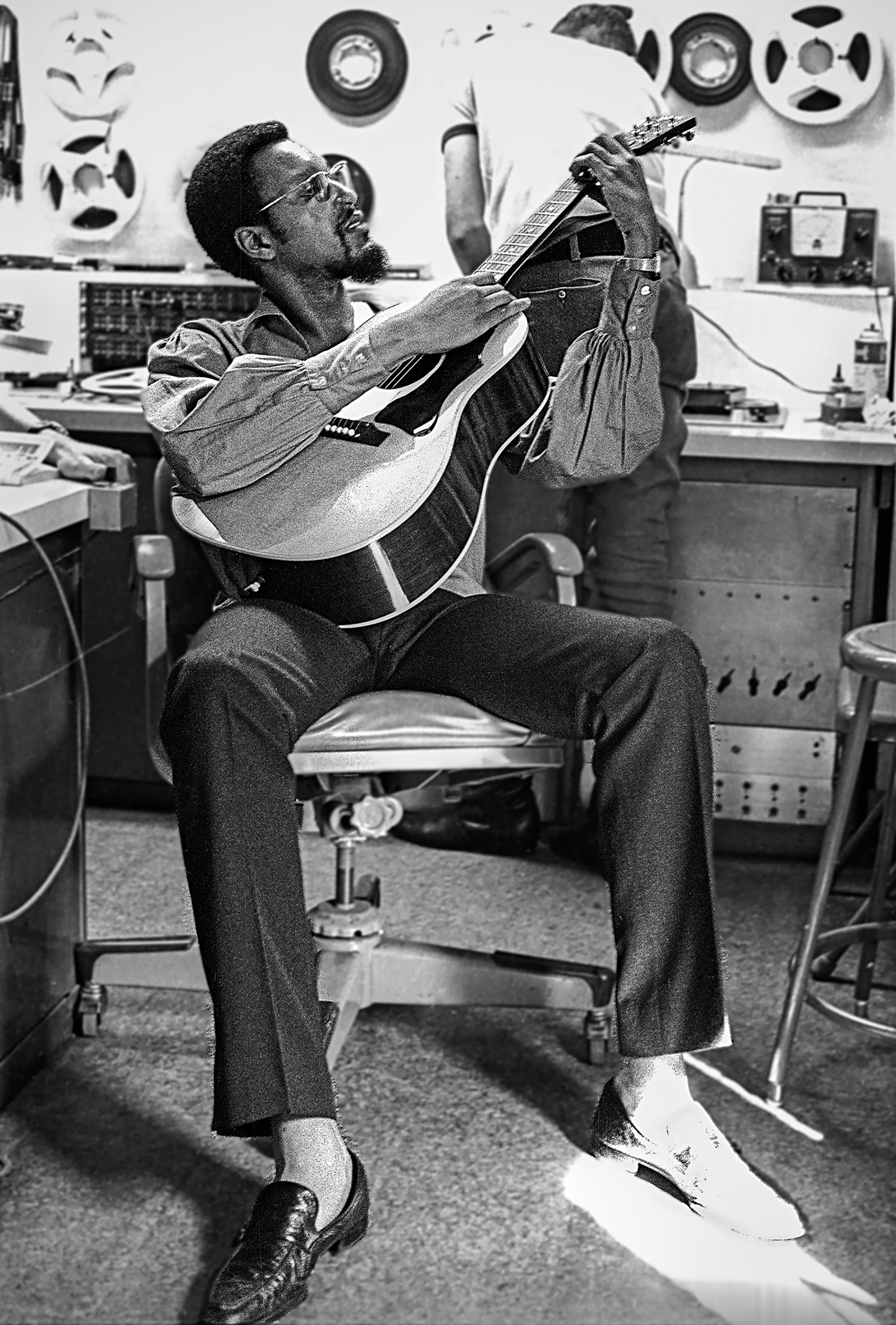That an African American man played a massive and pivotal role in three seminal musical forms seemingly dominated by Caucasian artists – folk rock, prog rock, and proto-punk – is one of the most tragically untold stories in popular music’s history.
Despite his life being cut short by a heart attack at age 47 in Los Angeles, Mr. Wilson acted as midwife for the major musical movements above, as well as free jazz. In doing so, he was the secret force that launched two of the biggest superstars of the rock era: Bob Dylan and Paul Simon.
A towering 6-foot-4, Wilson grew up in racially segregated Waco, Texas.
After graduating cum laude from Harvard University, Wilson started Transition Records in 1955. At the age of 24, Wilson produced and released the debut albums of two of the biggest names ever in jazz: bandleader and Afrofuturism pioneer Sun Ra, and pianist Cecil Taylor. During that period, he even scrapped an early session by John Coltrane.
Following Transition, after its bankruptcy two years later, Wilson became the first Black staff producer ever at Columbia Records (now Sony Music). While at Columbia, Wilson produced Bob Dylan’s breakthrough album The Times They Are a-Changin’. Wilson went on to produce both of Dylan’s two follow-up albums: Another Side of Bob Dylan and Bringing It All Back Home. Perhaps most critically, Wilson produced the Dylan song that changed the course of rock music, “Like a Rolling Stone,” with its merger of folk and rock. As quoted in Dylan’s Biograph box set, Wilson’s take on how Dylan went electric is compelling: “I didn’t even particularly like folk music. I’d been recording Sun Ra and Coltrane, and I thought folk music was for the dumb guys. This guy, Dylan, played like the dumb guys, but then these words came out. I was flabbergasted. I said to [his manager] Albert Grossman, ‘If you put some background to this, you might have a white Ray Charles with a message.’”
During this same period at Columbia, Wilson produced Simon & Garfunkel’s debut album, Wednesday Morning, 3AM. Due to the album’s lack of success, Simon & Garfunkel unofficially broke-up following its release. But then, without the duo’s knowledge, Wilson utilized some of Dylan’s electric musicians to add rock instrumentation to the acoustic album track, “The Sounds of Silence.” The tempo was reportedly so uneven that Wilson and engineer Roy Halee had to add large amounts of reverb in the mix to mask the overdub’s timing not matching well. That sound ended up becoming a signature for the group, as well as for the nascent folk rock genre.
“The Sounds of Silence” eventually became a worldwide hit, leading Simon & Garfunkel to reunite. They remain one of the biggest-selling duos in history. BMI ranks “The Sounds of Silence” as the 18th most performed song of the 20th century. (Infamously, Paul Simon only learned of the remix and that the record had gone to number one when he read it in a magazine while traveling Europe.)
Next, Wilson discovered, signed, and produced Frank Zappa’s Mothers of Invention’s debut album, Freak Out!. Zappa went on to release 116 albums, and become one of the most famous last names in rock history. Wilson also co-produced the self-titled debut of the UK’s Soft Machine, peers of early Pink Floyd at London’s storied UFO Club. Zappa and Soft Machine were early among the architects of the progressive rock genre that followed.

From left: Frank Zappa, Gary Kellgren (engineer), Roy Estrada (bass), Tom Wilson at Mayfair Recording Studios Times Square, New York City. Charlie Steiner © 1967
As if his reach was not already staggering, Wilson also produced The Velvet Underground’s debut album, The Velvet Underground & Nico. Brian Eno [Tape Op #85] stated to the Los Angeles Times that while the album only sold approximately 30,000 copies in its first five years, “everyone who bought one of those 30,000 copies started a band!” The...










